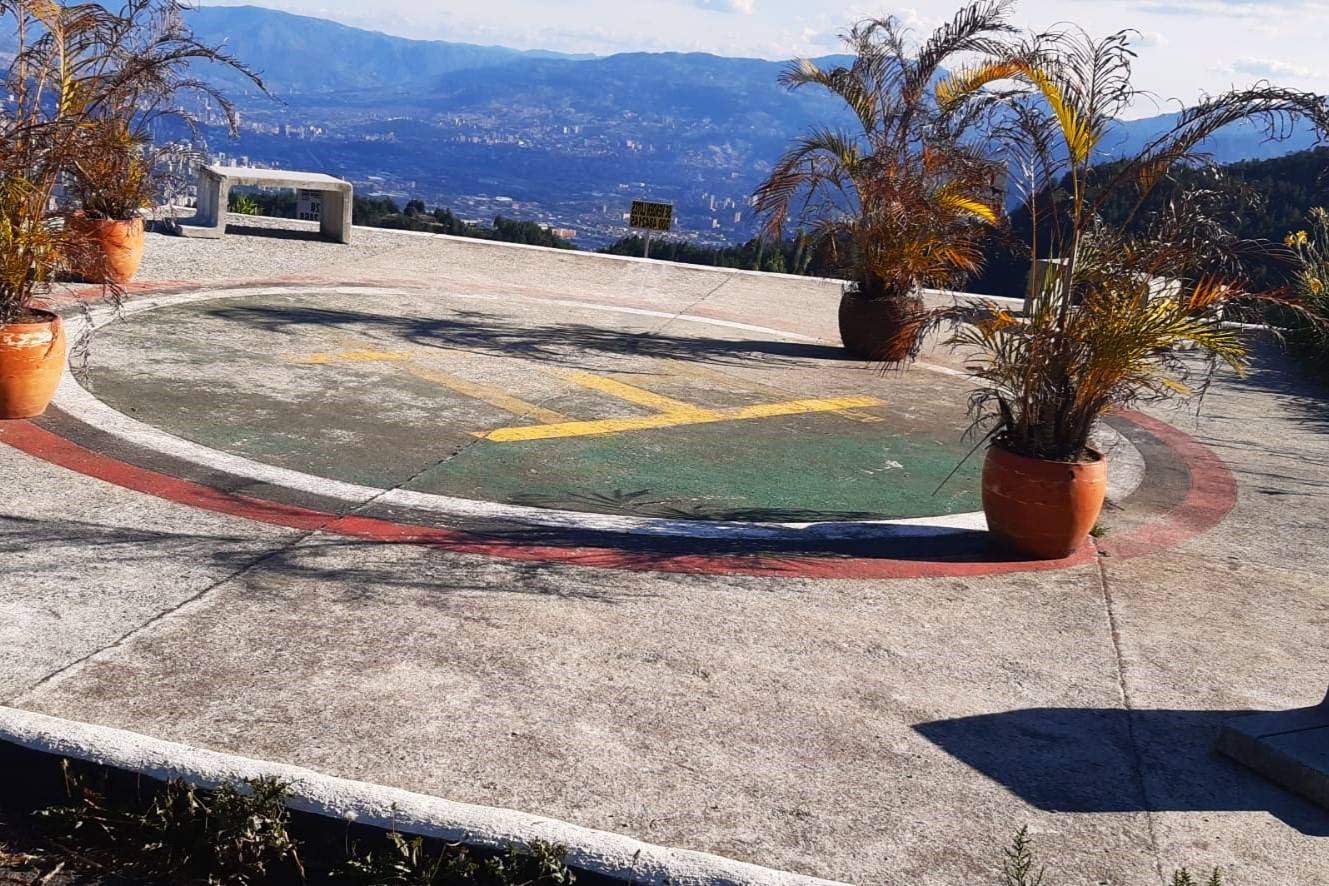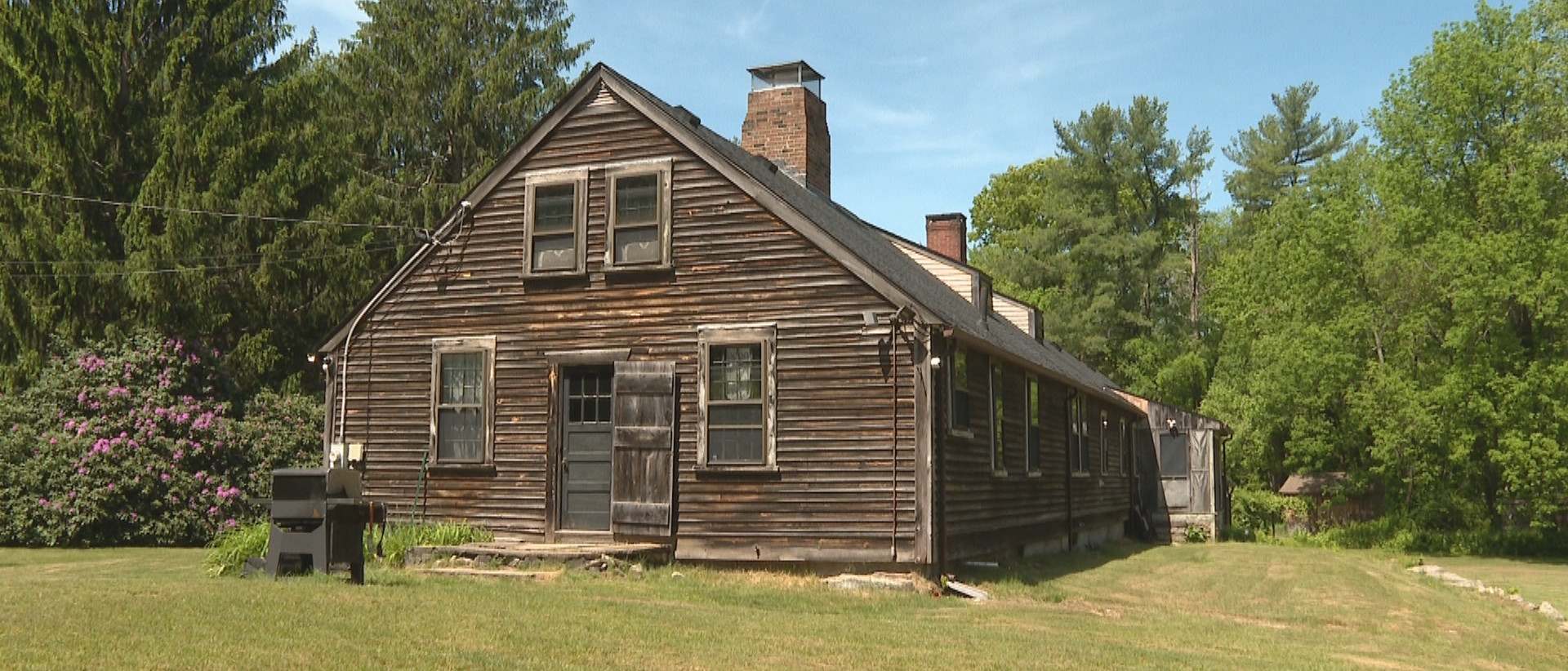
La Catedral, a prison like no other, was built by the infamous drug lord Pablo Escobar. Nestled in the hills of Medellín, Colombia, this prison was more of a luxurious fortress than a place of punishment. Why did Escobar build La Catedral? He wanted to avoid extradition to the United States. By negotiating with the Colombian government, he ensured his "imprisonment" would be on his own terms. This prison had amenities like a nightclub, jacuzzi, and even a soccer field. It was a place where Escobar continued his operations with minimal interference. La Catedral remains a symbol of Escobar's power and influence, a stark reminder of how he manipulated the system to his advantage.
Key Takeaways:
- La Catedral, built by Pablo Escobar, was more like a luxury resort than a prison, with a soccer field, a bar, and even a waterfall, showing how power can bend the rules.
- Escobar's escape from La Catedral led to its abandonment and looting, leaving it in ruins, a reminder of his influence and the challenges of combating criminal organizations.
La Catedral: The Infamous Prison
La Catedral, also known as "The Cathedral," is one of the most notorious prisons in history. Built by the infamous drug lord Pablo Escobar, it has a story that is both fascinating and chilling. Here are some intriguing facts about this infamous prison.
-
La Catedral was built in 1991
Pablo Escobar constructed La Catedral in 1991 as part of a deal with the Colombian government. He agreed to surrender and serve time in a prison of his own design. -
It was more like a luxury resort
Unlike typical prisons, La Catedral featured amenities such as a soccer field, a bar, a jacuzzi, and even a waterfall. It was more of a luxury resort than a penitentiary. -
Escobar had control over who could visit
Escobar had the power to decide who could visit him. This allowed him to continue running his drug empire from within the prison walls. -
The prison had its own nightclub
La Catedral boasted a nightclub where Escobar and his associates could entertain guests and throw lavish parties. -
It had a full-sized soccer field
A full-sized soccer field was built within the prison grounds, allowing Escobar and his men to play matches and stay entertained. -
Escobar continued his criminal activities
Despite being imprisoned, Escobar continued to manage his drug cartel, proving that La Catedral was more of a headquarters than a prison. -
The prison was guarded by his own men
Instead of government guards, Escobar employed his own security detail to protect him and maintain order within La Catedral.
The Escape and Aftermath
The story of La Catedral doesn't end with its luxurious amenities. Escobar's time in the prison was short-lived, and his escape led to a series of dramatic events.
-
Escobar escaped in 1992
In July 1992, fearing extradition to the United States, Escobar escaped from La Catedral. This marked the beginning of a massive manhunt. -
The Colombian government was embarrassed
Escobar's escape was a huge embarrassment for the Colombian government, highlighting the flaws in their deal with the drug lord. -
The prison was abandoned
After Escobar's escape, La Catedral was abandoned and left to deteriorate. It became a symbol of the government's failure to contain Escobar. -
It became a tourist attraction
Over time, La Catedral turned into a tourist attraction, drawing visitors curious about its history and Escobar's life. -
The prison was looted
Following its abandonment, La Catedral was looted by locals who took anything of value from the site. -
It was used as a monastery
For a brief period, La Catedral was repurposed as a monastery by a group of Benedictine monks. -
The site is now in ruins
Today, La Catedral lies in ruins, a stark reminder of Escobar's reign and the impact of his criminal activities.
The Legacy of La Catedral
La Catedral's legacy extends beyond its physical structure. It has left a lasting impact on Colombia and the world, influencing popular culture and shaping perceptions of Escobar.
-
It inspired TV shows and movies
La Catedral has been featured in numerous TV shows and movies, including the popular series "Narcos," which dramatizes Escobar's life. -
It highlighted corruption
The existence of La Catedral exposed the deep-rooted corruption within the Colombian government and law enforcement agencies. -
It became a symbol of Escobar's power
La Catedral symbolized Escobar's immense power and influence, showing how he could manipulate the system to his advantage. -
It influenced prison reform
The scandal surrounding La Catedral led to discussions about prison reform and the need for stricter regulations to prevent similar situations. -
It remains a topic of fascination
Decades after its abandonment, La Catedral continues to fascinate people around the world, drawing attention to the complexities of Escobar's life and crimes. -
It is a reminder of the drug war
La Catedral serves as a stark reminder of the ongoing drug war and the challenges faced by governments in combating powerful criminal organizations. -
It impacted Medellín's reputation
The presence of La Catedral and Escobar's activities had a lasting impact on the reputation of Medellín, Colombia's second-largest city. -
It showcased Escobar's ingenuity
The creation of La Catedral demonstrated Escobar's ingenuity and ability to outsmart authorities, even while imprisoned. -
It was a unique prison experiment
La Catedral was a unique experiment in the history of incarceration, blending elements of luxury and confinement in an unprecedented way. -
It highlighted the flaws in negotiation
The deal that led to the creation of La Catedral highlighted the flaws in negotiating with criminals, showing the potential for manipulation and abuse. -
It influenced public perception of Escobar
La Catedral played a significant role in shaping public perception of Escobar, portraying him as both a ruthless criminal and a cunning strategist.
The Human Stories Behind La Catedral
Beyond the facts and figures, La Catedral also holds numerous human stories, from the lives of those who built it to the experiences of those who lived within its walls.
-
Workers were paid handsomely
The workers who built La Catedral were paid well above the average wage, ensuring their loyalty and discretion. -
Families visited regularly
Escobar's family and associates visited him regularly, maintaining close ties despite his imprisonment. -
Guards were loyal to Escobar
The guards at La Catedral were fiercely loyal to Escobar, many of them having been personally selected by him. -
Inmates lived in relative comfort
Inmates at La Catedral enjoyed a level of comfort unheard of in other prisons, with access to amenities and luxuries. -
Escobar held meetings with cartel members
Despite being imprisoned, Escobar continued to hold meetings with cartel members, planning and coordinating operations. -
It was a place of refuge
For Escobar and his closest associates, La Catedral was a place of refuge, offering protection from rival cartels and law enforcement. -
Escobar's mother visited often
Escobar's mother, Hermilda Gaviria, was a frequent visitor to La Catedral, providing emotional support to her son. -
It was a hub of activity
La Catedral was a bustling hub of activity, with constant comings and goings of visitors, associates, and family members. -
Escobar's children played there
Escobar's children often played within the prison grounds, enjoying the amenities and spending time with their father. -
It was a place of negotiation
La Catedral served as a place of negotiation, where deals were struck and alliances were formed. -
It had a chapel
A chapel was built within La Catedral, allowing Escobar and his associates to attend religious services. -
It was a testament to Escobar's influence
Ultimately, La Catedral stood as a testament to Escobar's immense influence and ability to bend the rules to his will.
Final Thoughts on La Catedral
La Catedral, Pablo Escobar's self-designed prison, stands as a bizarre chapter in criminal history. Built to avoid extradition, this luxurious fortress had amenities like a nightclub, soccer field, and jacuzzi. Escobar continued his drug operations from within, turning the prison into a hub of crime rather than a place of punishment. The Colombian government’s agreement with Escobar backfired, highlighting the complexities of dealing with powerful criminals. Today, La Catedral serves as a tourist attraction, a stark reminder of Escobar's influence and the lengths he went to maintain control. Its story is a mix of luxury and lawlessness, showing how one man manipulated the system to his advantage. La Catedral remains a symbol of Escobar's audacity and the challenges faced by authorities in curbing his empire.
Frequently Asked Questions
Was this page helpful?
Our commitment to delivering trustworthy and engaging content is at the heart of what we do. Each fact on our site is contributed by real users like you, bringing a wealth of diverse insights and information. To ensure the highest standards of accuracy and reliability, our dedicated editors meticulously review each submission. This process guarantees that the facts we share are not only fascinating but also credible. Trust in our commitment to quality and authenticity as you explore and learn with us.


